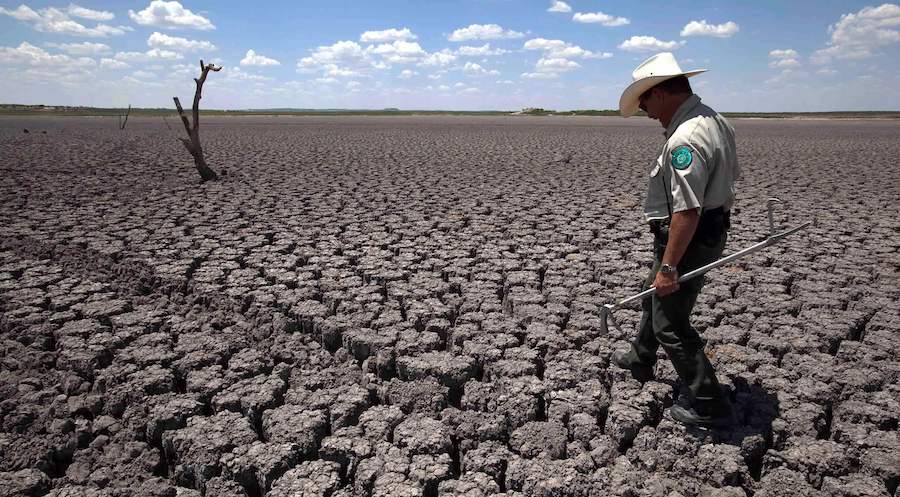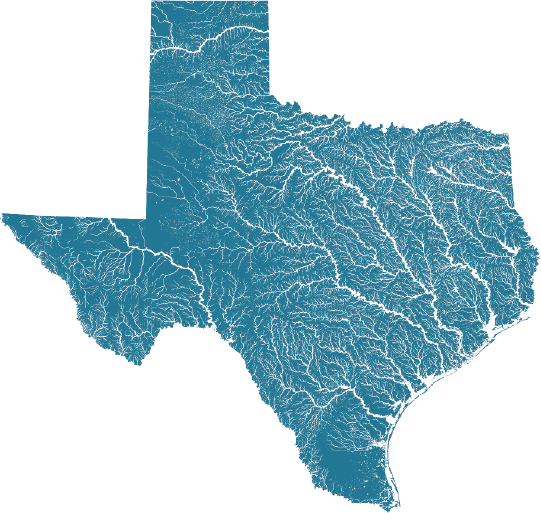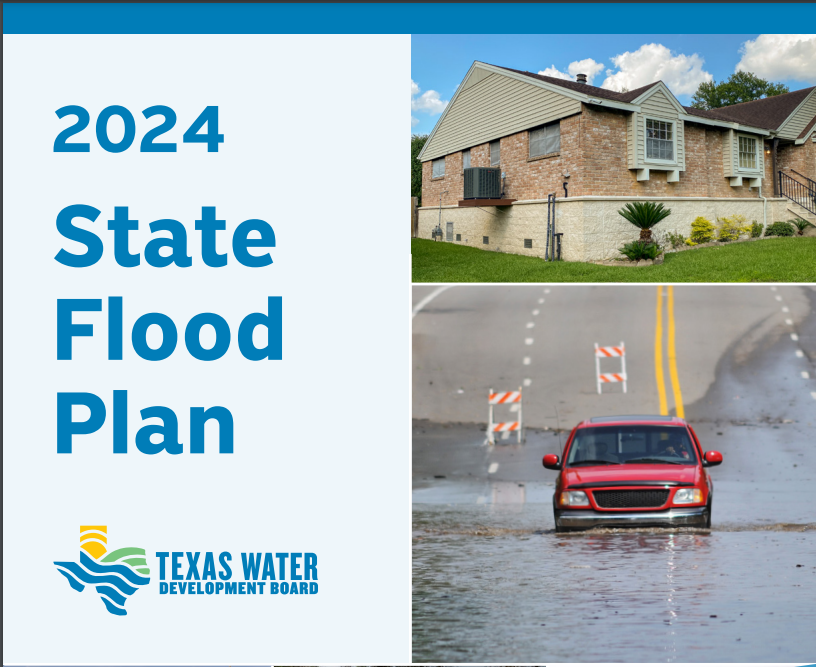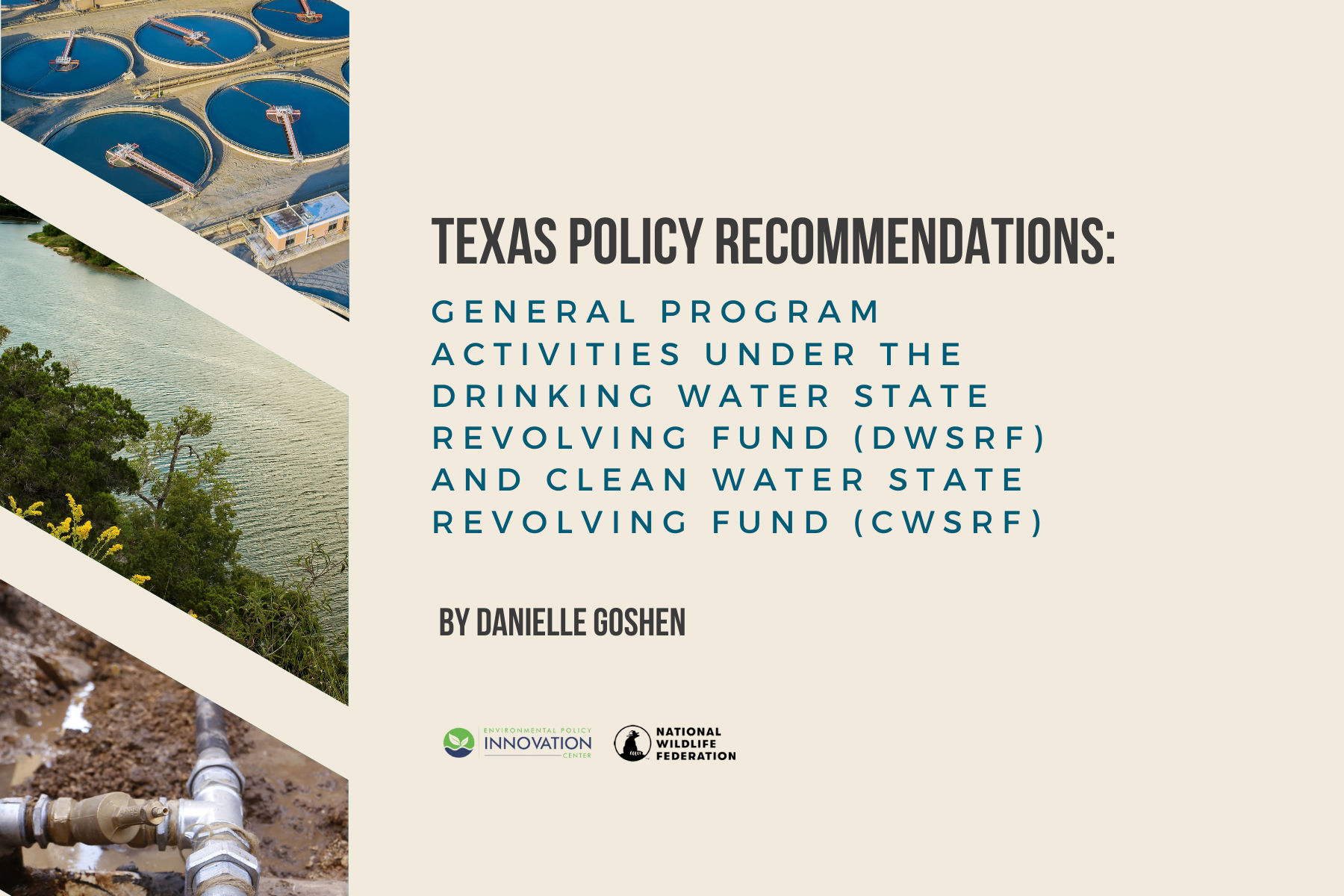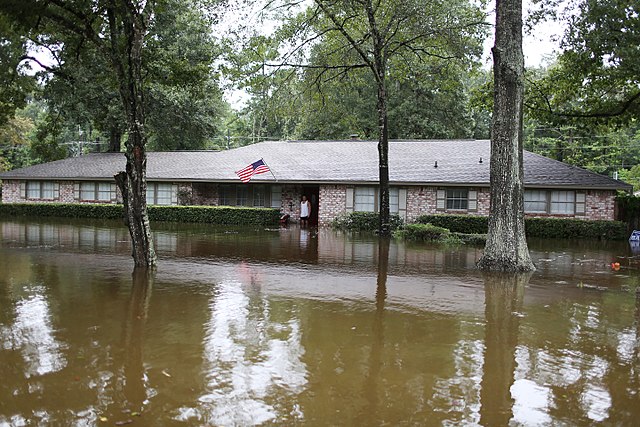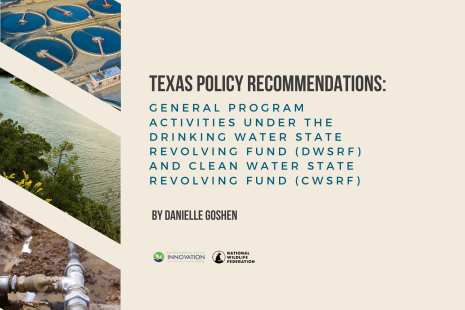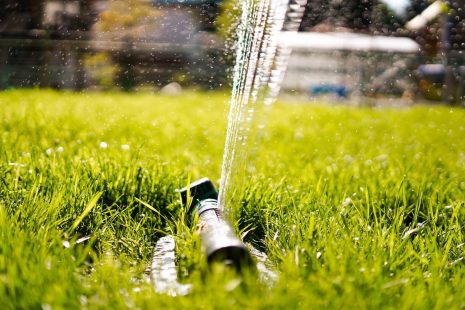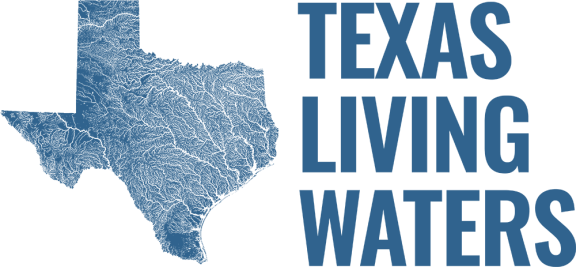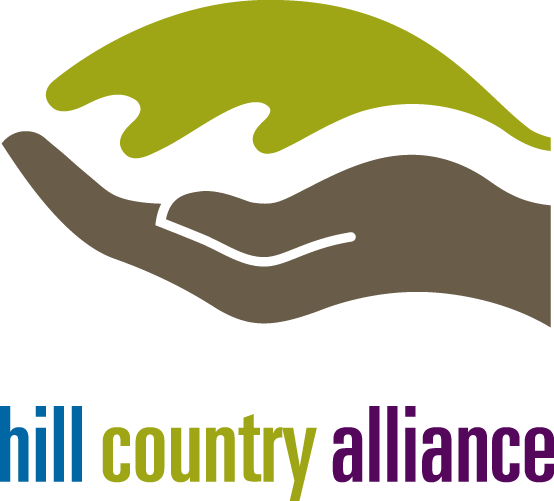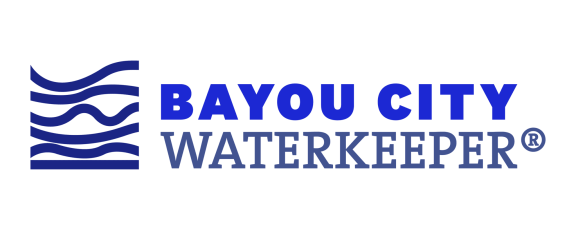The National Wildlife Federation was recently invited to give testimony to the Texas Legislature on the condition of Texas’ water and flood infrastructure and cost-effective ways to improve it. Jennifer Walker, deputy director of NWF’s Texas Coast and Water Program, spoke to the Texas House of Representatives Natural Resources Committee on Aug 24, 2022. Both a recording of Walker’s testimony and her full written remarks are included below:
Jennifer Walker, National Wildlife Federation, Testifying on Interim Charge 3: Examine the condition of Texas’ water and flood mitigation infrastructure capabilities and consider future infrastructure needs. Evaluate sustainable funding sources to provide for water project development and infrastructure repair and replacement. Examine and make recommendations for cost-effective improvements that enhance the state’s available water supply.
Chairman King, Vice Chair Harris, and members of the committee, my name is Jennifer Walker and I am the Deputy Director of National Wildlife Federation’s Texas Coast and Water Program. National Wildlife Federation is a proud partner in the Texas Living Waters project, a coalition of organizations working together to advance sound water policy and planning to ensure the availability of fresh water for the people of Texas and the wildlife and habitats that constitute our cherished natural heritage. To meet the state’s water challenges head-on, we focus on equitable solutions that are innovative, resilient, and provide win-win solutions. I appreciate the opportunity to speak to you all today on Interim Charge 3.
There is strong evidence that climate change will exacerbate severe droughts, storm-surge intensity, and sea levels in Texas, putting our freshwater resources at significant risk. Whether it be flood, drought, water quality, water access or water infrastructure reliability, it’s safe to say that Texans are experiencing the brunt of climate change through water. In the last decade alone, Texans have weathered extreme events like the 2011 drought, Hurricane Harvey, Tropical Storm Imelda, Winter Storm Uri, and many others. In all of these events, the fragility of the water systems we rely on were on full display – and Texans took note.
But, we are a resilient people and there is a lot of opportunity right in front of us to make significant headway in the years to come. With unprecedented amounts of money available and on the way – from federal sources like the IIJA or hazard mitigation programs, to state sources like SWIFT and the Flood Infrastructure Fund – the tools are in our toolbox.
With that in mind, I will focus my comments on two issues in the charge – flood mitigation infrastructure and cost-effective improvements that can enhance the state’s available water supply.
Taking Full Advantage of Natural Flood Mitigation
Texas has made strides in recent years in prioritizing the need for enhanced flood protection in our communities. As directed by the Legislature, the Texas Water Development Board, utilizing the Flood Infrastructure Fund, is providing needed resources to develop and implement important stormwater projects across the state. Regional Flood Planning Groups are working hard to develop Texas’ very first flood plan.
However, even with all of this momentum, we have yet to take full advantage of the flood mitigation benefits that come with protection of our natural systems and the development of nature-mimicking infrastructure projects. Instead, across the state, engineering concepts of the past and projects that have been sitting on shelves for years are being pursued while the engineering field is evolving all around us and being showcased in major cities across the U.S. Just last year, the Army Corps of Engineers published the first International Guidelines on Natural and Nature-based Features for Flood Risk Management – a noteworthy achievement at the global scale. Scott Spellman, the 55th Chief of Engineers and Commanding General of the Corps remarked that in integrating human engineering with natural systems, the agency’s effort with the new guide “advances twenty-first century flood risk management.” The Corps’ commitment to engineering with nature is certainly a sea change to follow.
Natural and nature-based solutions are the gifts that keep on giving. These features work 24/7 for communities and the surrounding environment, not just in times of crisis. Scaled efforts to mitigate inland flooding include greenways, land conservation, community gardens, low impact design, and so on. These approaches are often cheaper, faster to implement, have self-maintenance capabilities or low maintenance costs, and can help shore up the built environment. On top of all that, when done in a way that centers equity and involves communities in planning, this more natural type of flood infrastructure can improve air and water quality, provide recreation opportunities, and help connect communities to nature. Projects that deliver multiple benefits are good for Texas. In terms of funding, these projects tend to be eligible for more funding programs than gray infrastructure alone, further adding to their long-term sustainability.
The Massive Water Supply Opportunity that is Water Loss Migitation
On the other side of the coin, water supplyis of huge concern to all of us. Texas is growing at an incredible pace. The appeal of Texas to out of state businesses and people hinges on a secure and reliable water supply. The good news is that many of the cost-effective solutions to secure our state’s water supply are right in front of us.
This week, National Wildlife Federation is releasing a report that takes a deep dive into the issue of water loss in Texas. The study helps us understand the magnitude of the problem, compares the water that could be saved through reducing water loss to water needs identified in the state water plan, and identifies strategies to lessen these losses. I have provided each of you with a summary of our findings and recommendations for your reference.
Overall, our analysis, using 2019 and 2020 data, indicates that Texas utilities are losing at least 572,00 acre-feet of water per year, primarily through leaky infrastructure, meaning that too much of the water that we treat and distribute to end users is not reaching its intended destination. Putting the amount of water that is being lost into context, it is more than the total 2020 annual water needs of Austin, Fort Worth, El Paso, Laredo, and Lubbock combined.
Breaking that figure down to the household level, it means that each service connection in Texas loses an average of 51 gallons of water every day. These are staggering numbers to think about, but it’s also true that a moderate and cost-effective amount of water loss mitigation could cut those losses in half and deliver more than double the volume of water that proposed new reservoirs in the state water plan are projected to provide by 2030. In other words, investing in repairing our existing water infrastructure should be the state’s first priority when exploring ways to enhance Texas’ available water supply.
Reducing water loss is cost-effective, especially when compared to various supply-side water management strategies like seawater desalination and major new reservoirs. Investing in programs such as acoustic active leakage detection and repair, small and large meter replacements, advanced pressure management, and other projects, can go a long way in shoring up Texas’ available water supply.
We compared our estimates of the amount of water that could be saved from mitigating water loss to the water supply needs identified in the 2022 State Water Plan. We found that most regions could make big strides towards closing their water supply gap by achieving average or good water loss performance, meaning that the need for costly water supply projects could be delayed or even eliminated through investing in water loss mitigation instead.
We include several recommendations to ensure that we have plans and programs in place to reduce water loss in Texas cities. The Legislature, TWDB, regional water planning groups and utilities all have a role to play. I’d like to point out that we have an unprecedented opportunity with the IIJA in that it will provide almost $3 billion to Texas over the next 5 years through the Clean Water and Drinking Water SRF programs. Let’s pull down these dollars and use them to shore up our infrastructure and protect our future water supplies.
I want to thank this committee for all that you do to protect natural resources in Texas, and thank you for the opportunity to provide this testimony. I’m glad to answer any questions you may have.
